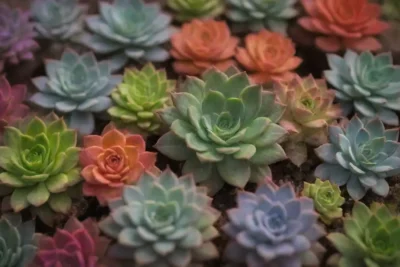
Creating a Colorful Succulent Terrarium: Step-by-Step Guide
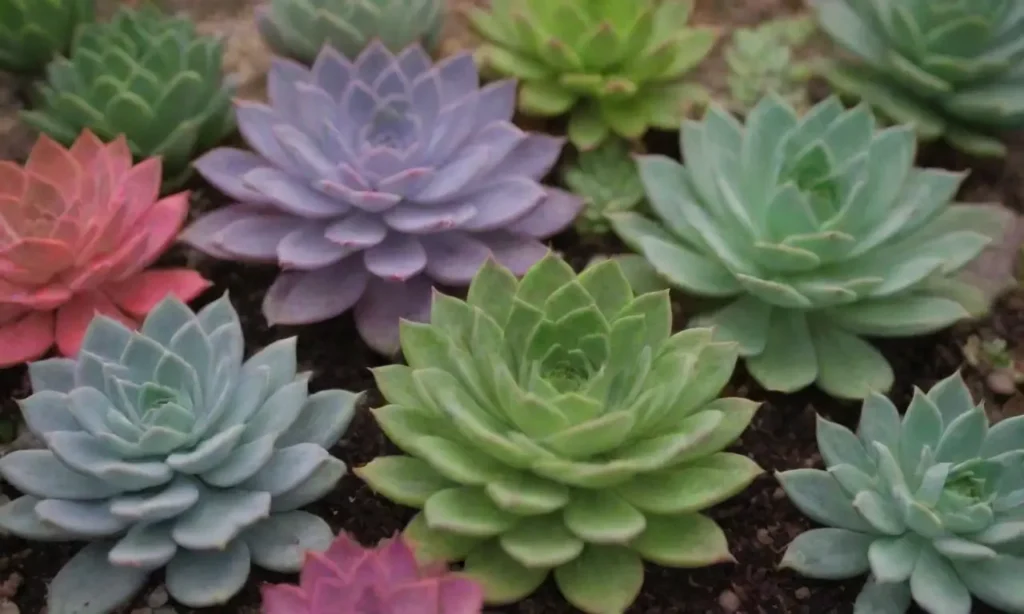
Introduction
Creating a succulent terrarium can be an incredibly rewarding project that not only adds aesthetics to your home but also engages your creativity. Succulents are low-maintenance plants that come in a variety of shapes, colors, and sizes, making them perfect for crafting vibrant terrariums. A terrarium acts like a mini-garden contained in a glass vessel, allowing you to showcase nature in a beautiful and artistic way. Whether you're a seasoned gardening enthusiast or a novice looking for a fun DIY project, a succulent terrarium can be a delightful endeavor that brings life to any space.
In this article, we will guide you through the step-by-step process of creating a colorful succulent terrarium. From selecting the right materials to arranging your plants for visual appeal, our comprehensive guide aims to equip you with everything you need to successfully create your very own miniature garden. By the end of this article, you will not only have a stunning terrarium to display, but you will also gain insights into the general care and maintenance of succulent plants.
Materials Required for Your Succulent Terrarium
Before diving into the creation of your succulent terrarium, it is vital to be equipped with the right materials. Here’s a detailed breakdown of everything you will need:
Glass Container
One of the cornerstones of your terrarium will be the glass container. This could be a traditional glass jar, a bowl, or even a specialized terrarium container designed specifically for plants. It's essential to choose a container that is not completely sealed, as succulents do not thrive in overly humid conditions. Pick a size that fits your space needs; larger containers can hold multiple plants, while smaller ones are perfect for a single succulent that stands out.
Succulent Selection
When selecting succulents, aim for a variety of shapes and colors to create visual interest. Popular choices include Echeveria, Aloe Vera, and Haworthia, which come in various hues like green, blue, and even purples and pinks. Consider the sunlight your chosen location provides—some succulents prefer bright light, while others can tolerate some shade. It’s also beneficial to choose plants with similar care requirements to ensure the health of your terrarium.
Substrates and Soil
A well-draining soil mix is crucial for the health of your succulents. Using a cactus or succulent soil mix found in gardening stores is ideal, as it is designed for good drainage. Additionally, consider layering your terrarium with a substrate like gravel, pebbles, or activated charcoal to promote drainage and help avoid root rot. The layering of materials will also add textural contrast to your terrarium.
Decorative Elements
To take your terrarium to the next level, consider incorporating decorative elements such as small rocks, wood pieces, or figurines. These additions can add personality to your terrarium and make it a unique representation of your style. Choose elements that complement the colors and shapes of your succulents to create a cohesive look.
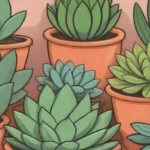 Exploring the Fascinating Color Variations in Succulent Plants
Exploring the Fascinating Color Variations in Succulent PlantsPreparing the Layers of Your Terrarium
Once you have all your materials ready, it’s time to prepare the layers of your terrarium. This process involves layering your chosen substrates, soil, and eventually arranging your succulents.
Layering Gravel and Charcoal
Start by adding a layer of gravel to the bottom of your glass container. This layer functions as the initial drainage layer, preventing excess moisture from accumulating at the roots of your succulents. A thickness of about 1-2 inches should be sufficient, but this will depend on the size of your container.
Next, add a thin layer of activated charcoal. This is not just for aesthetics; charcoal effectively filters water and prevents the buildup of toxins that can be detrimental to your plants. It combats odor and creates a healthier environment for your succulents to grow. Again, a thin layer of about half an inch is sufficient, as your primary focus now shifts to the soil layer.
Adding Soil
On top of the charcoal, add your well-draining soil mix. Depending on the size of your terrarium, a layer of 2-3 inches is recommended. Use a gardening shovel or your hands to spread the soil evenly across the container. Make sure to create small depressions in the soil where you plan to place your succulents, as this will help anchor their roots effectively when you plant them.
Plant Arrangement
Before planting, lay out your succulents on top of the soil without burying them yet. This ‘dry run’ allows you to evaluate how they will look together, providing an opportunity to adjust for balance and aesthetics. Think about height variation, color pairing, and the overall design you envision. Once satisfied, carefully plant each succulent in their designated spot, gently packing the soil around their bases for stability.
Caring for Your Succulent Terrarium
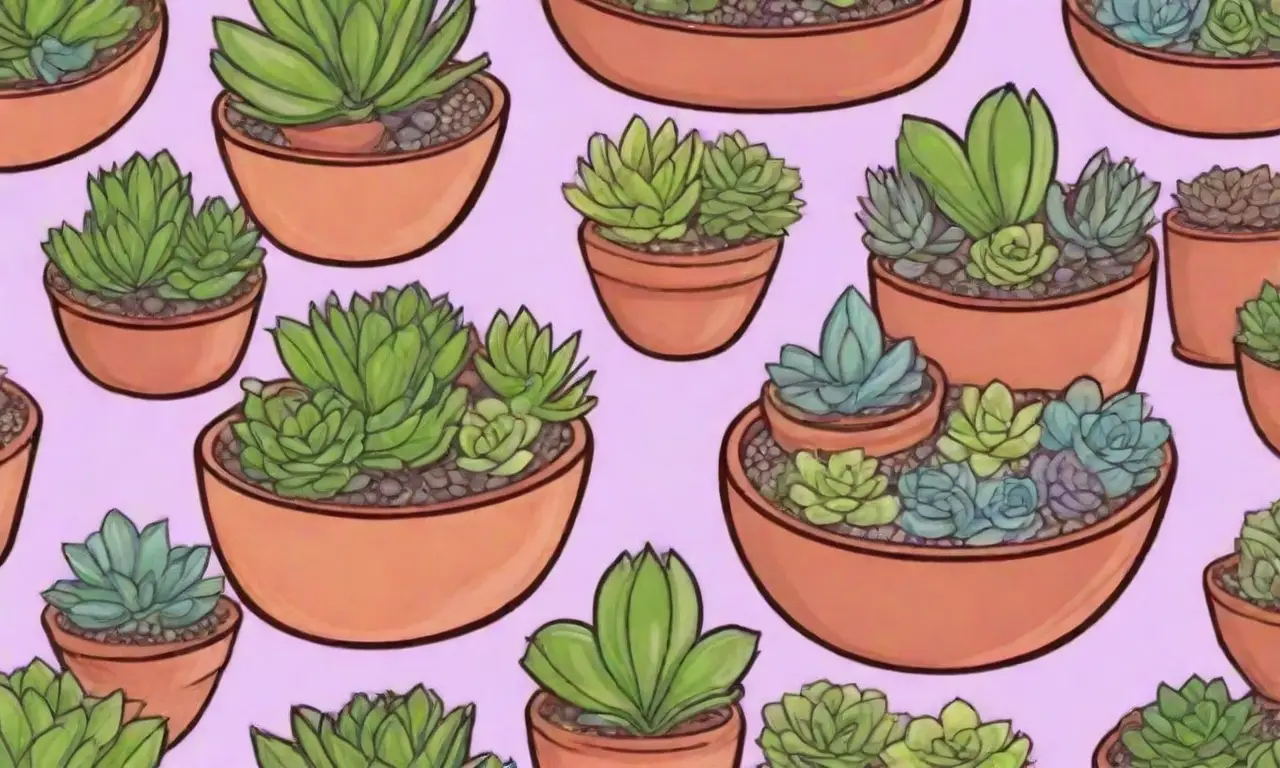
Once your colorful succulent terrarium is complete, it's essential to understand how to care for it properly to ensure your plants thrive in their new environment.
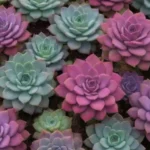 The Beautiful Spectrum of Succulent Colors and Their Meanings
The Beautiful Spectrum of Succulent Colors and Their MeaningsWatering
Proper watering is crucial for the health of your succulents. Unlike regular houseplants, succulents do not require frequent watering. The general rule of thumb is to water them every two to three weeks, depending on the humidity and temperature of your environment. It’s better to underwater than overwater; a good practice is to check the soil moisture by inserting your finger about an inch deep. If it feels dry, it’s time to water. When you do, water thoroughly until it runs out from the drainage layer, promoting deep root growth.
Light and Temperature
Succulents thrive in bright, indirect sunlight. Placing your terrarium in a well-lit room near a window is generally ideal; however, be cautious of direct sunlight, which can scorch the leaves of your plants. Rotate your terrarium occasionally to allow all succulents to receive equal light. Temperature-wise, most succulents prefer a range of 60-80°F (15-27°C), so avoid placing them in drafts or extremely cold spots.
Pruning and Maintenance
Regularly monitor your terrarium for any signs of unhealthy plants, pests, or mold. Occasionally, you may notice lower leaves of succulents wilting or turning brown; these should be carefully pruned away to promote new growth and keep your terrarium looking tidy. Ensure to clean any debris and dust that might accumulate on the glass, as this keeps your terrarium looking fresh and vibrant.
Conclusion
Creating a colorful succulent terrarium is an engaging project that enhances your ability to combine creativity with horticulture. By carefully selecting your materials, layering substrates for optimal growth conditions, and arranging your plants thoughtfully, you create a stunning display that can brighten up your living space. Moreover, understanding how to care for your terrarium empowers you to maintain and enjoy your miniature garden for years to come.
Terrariums serve not only as a beautiful decor item but also as a lesson in patience and self-care. The slow growth of succulents provides a gratifying sense of connection to nature, encouraging mindfulness as you tend to their needs. Whether as a decorative piece for your home, a charming gift for a friend, or an engaging activity for a rainy day, creating a succulent terrarium promises to be an enriching experience. So gather your materials, unleash your creativity, and bring a touch of vivid nature into your space today!
If you want to read more articles similar to Creating a Colorful Succulent Terrarium: Step-by-Step Guide, you can visit the Color Variations category.

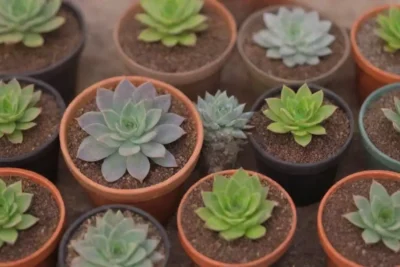
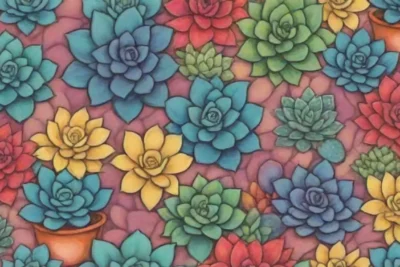
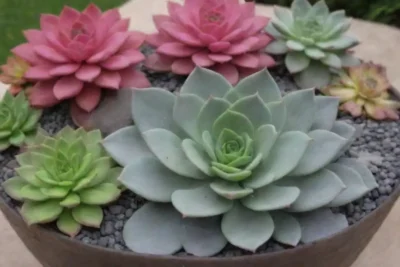


You Must Read